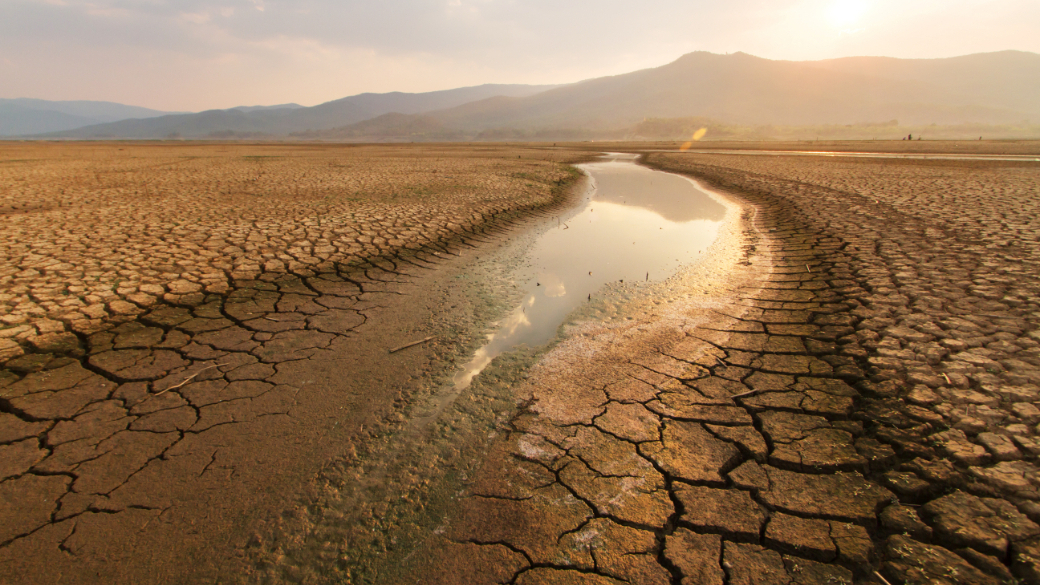
Is water a risk for net-zero investors?
With water-related catastrophes grabbing global headlines, the role investors can play in water infrastructure products is rising in prominence.
Across the globe, climate change is catalysing a drastic remapping of how we utilise, manage and mitigate the risks of water.
From devastating floods in Pakistan to heatwaves and droughts in China, the vulnerability of our relationship with water has been exposed. But as net-zero ambitions intensify, the extent to which investors engage with water infrastructure projects to reduce global risks has increasingly come into focus.
Investment necessities
The need to invest in water infrastructure is paramount, but to achieve net-zero outcomes, these long-term infrastructure investment products must have net-zero considerations embedded in their design to appeal to environmentally conscious investors.
A failure to invest in water infrastructure exacerbated recent droughts, Sir John Armitt, chair of the UK National Infrastructure Commission said in August. “Investment is better than keeping your fingers crossed”, he said, but the UK's water infrastructure faces several challenges caused by increasing population, climate change and ageing infrastructure.
Compounding this, Michael Barlow, head of the environment team at law firm Burges Salmon, describes energy, perhaps unsurprisingly, as “one of the most energy-intensive sectors,” despite trade association Energy UK having committed to reach net zero by 2030.
“Tackling all of this requires significant investment over the next few decades and significant schemes are already underway with more in the planning stage,” he says.
For investors, the evidence of the financial risk invoked by water is mounting. Power restrictions were recently introduced across China, owing to a sharp decline in hydroelectric power generation, halting manufacturing at the likes of electronics producer Foxconn and in the production of lithium for electric vehicles – two sectors central to Beijing's’ evolving economy.
The conundrum facing investors stems from the desire to foster a more resilient water economy while aiding a transition to carbon neutrality across the sector, but opportunities within the space are rising.
Tackling [water issues] requires significant investment over the next few decades and significant schemes are already underway with more in the planning stage.
Turning the tide
Tidal range energy harnesses the regular rise and fall of our coastal seas to generate power. The US Department of Energy touted the opportunities here in a 2019 report on powering the Blue Economy, but ambitions for the technology transcend energy production.
Stuart Murphy, founder and inventor of tidal power system TPGen24, says by creating a network of desalinisation plants around the UK, connected to a tidal range system or power island, “we could produce a self-resourcing, self-powering plant to synthesise plenty of clean drinking water”.
He believes that this would not only “take the pressure off ground aquifers, it would also ease up pressure on the energy grid”.
He adds: “Any excess energy produced by these plants can be diverted back to the grid for general use, helping to support other energy sources at peak demand.”
Murphy describes seawater and tidal forces as “a plentiful and reliable resource capable of delivering perpetual power”. He believes that if harnessed correctly, such an approach can address two issues at once: “delivering a plentiful supply of clean, safe and fresh drinking water whilst moving closer towards our net zero-goals through tidal range renewables”.
Problem-solving approach
There is an evident need for a dual approach to water and energy investment. Water UK’s net-zero 2030 roadmap describes the need for up to 3GW of new solar and wind power, coupled with energy efficiency measures and suitable storage to provide up to 80% of sector demand, relieve pressure on grid generators, and minimise the need for offsets.
Despite this, 89% of carbon emissions in the water supply, use and disposal system are attributed to "water in the home”, according to the Environment Agency. The remainder stems from distribution.
But due to the “criticality of water for life”, water infrastructure should remain on investors’ radar, says Burges Salmon’s Barlow, as it is an “excellent long-term investment” for environmentally conscious investors.




